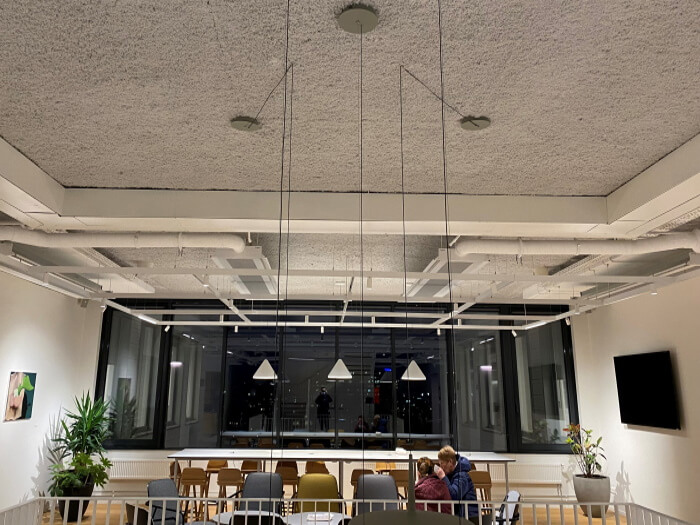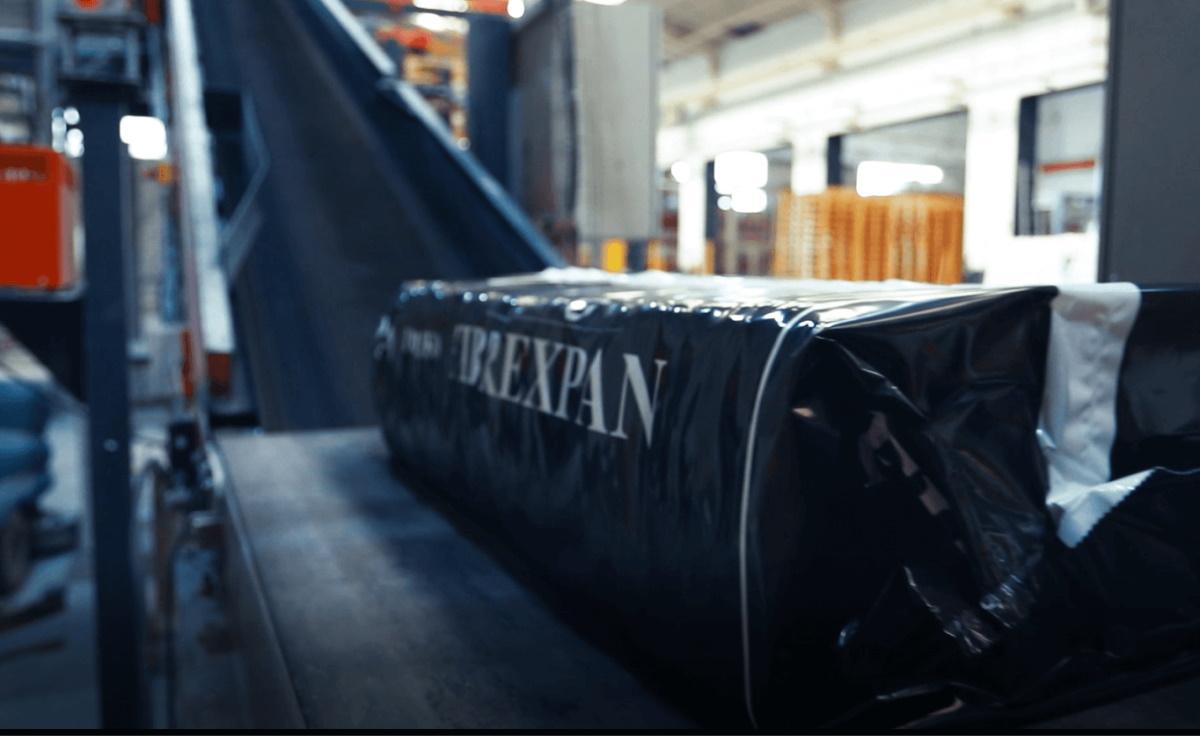Acoustic correction and attenuation
The purpose of acoustic correction is to optimise the acoustic quality of a room with respect to its use. Acoustic correction enhances a building's ambiance and sound quality.
Sound absorption refers to the attenuation of reverberant noise in the same space as the sound source. The standard approach is to insulate some or all of this space with sound-absorbing materials. When it hits an object, the energy of a sound wave is partially reflected and partially absorbed.
Therefore, effective thermal insulation can also improve the acoustic correction of the building by reducing noise propagation and reverberation.
Enhancing acoustic correction, by equipping buildings with thermal and acoustic insulation, ensures healthy sound comfort.
Improving acoustic absorption in a given space does not mean a corresponding improvement in acoustic attenuation between spaces, although there is some benefit. There is no direct link between correction and attenuation. This property therefore
has to be assessed directly. The airborne noise attenuation of a wall is measured in accordance with NF EN ISO 140-3 noting, for each
frequency, the difference in intensity between the noise emitted and the noise measured on the other side of the wall.
We recommend the use of mineral wool, such as slag wool, for effective acoustic correction. These insulating materials score the best performance/cost ratio. Mineral wool is an effective sound insulation material due to its porous, open-cell structure, resulting from entanglement of its fibres. It is easily penetrated by sound energy, which then dissipates throughout its thickness. This improves a building's acoustic comfort by reducing the reverberation time.

